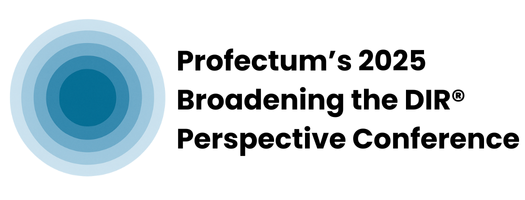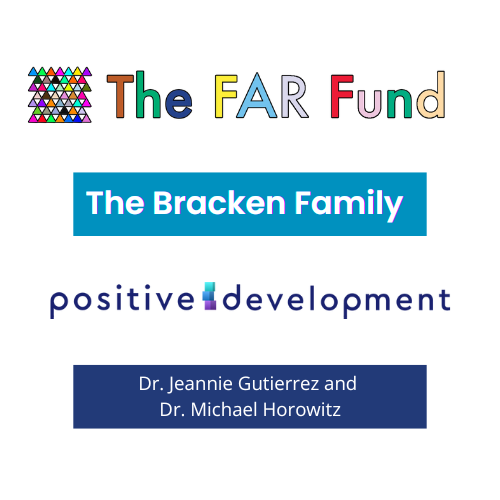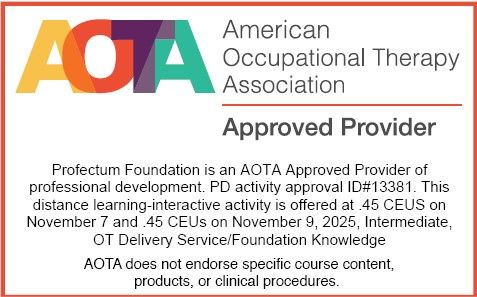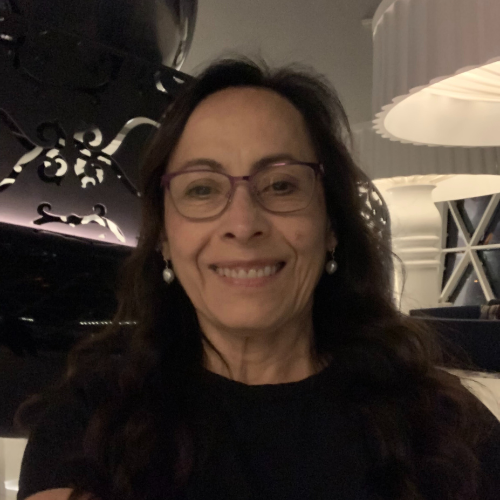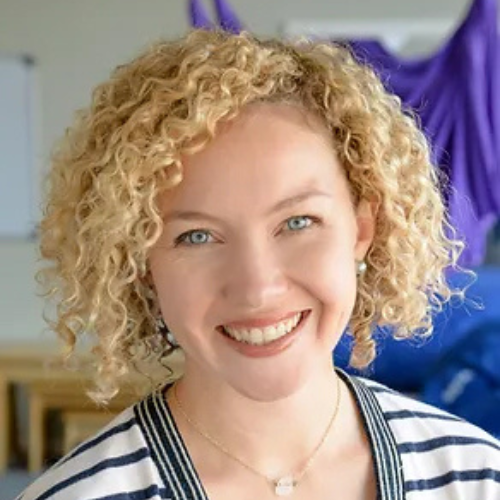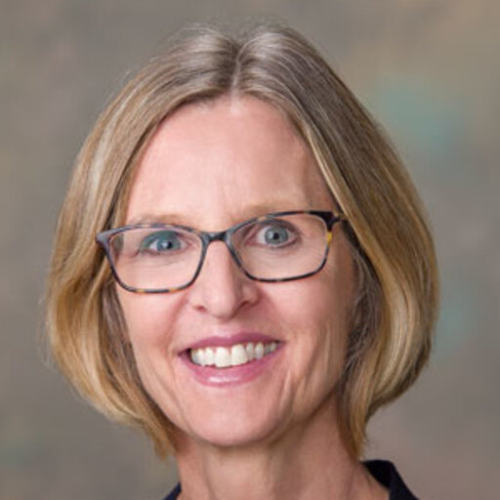FRIDAY November 7, 2025
Being, Doing, and Giving Gender: The Relational Matrix of a Child’s Gender SelfDiane Ehrensaft, PhD with discussant Diane Selinger, PhD
In the twenty-first century paradigm of gender, gender extends beyond two boxes and is to be differentiated from the sex designated to an infant at birth. Using a relational, Winnicottian model, this presentation invites the audience to unlearn and then re-learn gender as they may have been taught. We will then investigate a new model in which children’s gender evolves from both within them and between them and their caregiving and social environment. Applying Dr. Ehrensaft’s model of the gender web, in which each child’s unique gender is an interweaving of nature, nurture, and gender, focus will be on the evolution across time of a child’s true gender self, one that can either be stable from early life on or shift over the course of development. This process, based on a child’s gender creativity, will rely on the facilitation of the child’s parents and other caregivers, as they mirror to the child the gender that is there to be found. Using developmental and psychodynamic relational theory, research, clinical observations, and reported lived experiences, Dr. Ehrensaft will demonstrate with composite clinical examples the manner in which the relational matrix of gender unfolds for each child over time, so that a child can be their gender and do their gender as adults facilitate that process.
As a result of this presentation, participants will be able to:
- Describe the concept of the gender web.
- Develop confidence in facilitating a plan for “giving gender” to a child.
- Differentiate gender identity from gender expressions in deciphering children’s gender.
- Define the concept of gender mirroring as it applies to the adult-child feedback loop.
Linguistic and Behavioral Expectations Related to Gender and Gender DevelopmentAC Goldberg, PhD, CCC-SLP with discussant Rebecca Berg, OTR/L, IMHM-C®
This keynote explores the sociolinguistic and behavioral norms surrounding gender identity and expression from early childhood through adolescence, with an emphasis on individual differences, including Autism and other neurodivergent experiences. We will examine how linguistic and behavioral expectations can influence and reflect gender development, and how these norms intersect with sensory, cognitive, and communicative profiles. Drawing from a transdisciplinary perspective, participants will consider how professionals across education, healthcare, and community settings can support diverse gender expressions through culturally responsive, neurodiversity-affirming, and developmentally appropriate practices.
As a result of this presentation, participants will be able to:
-
Describe typical linguistic and behavioral patterns associated with gender development.
-
Analyze how implicit gender expectations shape communication and behavior in children and adolescents.
-
List inclusive strategies for supporting gender-diverse youth in educational and clinical contexts.
-
Identify ways to adapt gender-affirming approaches to support neurodivergent individuals, including autistic youth, in transdisciplinary settings.
Queering the Mirror: Accompanying on the Path to Authentic Self ExpressionBarbara Kalmanson, PhD & Lili Weckler, LMFT
Identity formation is the development of an intimate narrative that is public, cultural and relational. This presentation focuses on the role of relationships in the transformational process of answering a key developmental question: How do we understand and present who we are in relation to everyone else? DIR clinicians work from the assumption that meaningful relationships are essential to the success of our interventions in all professional fields. In a DIR model, clinicians in all disciplines embrace the complexity and individuality of the developmental process that takes place in a social and familial context. For neurodivergent and queer people, the stories of identity development often become like personal myths, exchanged as tokens of affection and connection when we build trusting relationships and secure attachments. Working with clients who are developing gender identities and /or neurodivergent identities in a world that caters to gender normativity and neurotypicality, DIR clinicians are uniquely suited to provide opportunities for self-exploration that interrupt the looking glasses homogeneous cultural and political norms reflect back to them. DIR principles such as using affect in authentic expression, following the client’s natural interests and timing, respecting individual differences, and developing parental sensitivity and insightfulness for successful co-regulation converge to shape clinicians’ affective responses to clients’ identity presentations and explorations, and allow the clinician to become a translator for their family members who may be struggling to embrace new identities. The DIR model’s orientation toward a developmental process supports a trajectory of learning about clients’ communities, cultures and experiences.
Through case examples and experiential reflective exercises, participants will have the opportunity to examine the use of self in therapeutic work, and identify and consider their own and others’ social locations. The importance of the use of self in building healing relationships between practitioner, client , and family members will be addressed. Special attention will be given to the ways shared identity, and identity differences shape both use of self and the structure and function of the therapeutic relationship. Together we will question how we can acknowledge power and deal with hierarchies to elevate and accompany difference in a society constructed to enforce conformity. And, how do we queer and neurodiversify the mirrors we embody, to join and promote the trust clients and family members need?
As a result of this presentation, participants will be able to:
- Identify three factors influencing the therapist-client relationship in working with and affirming the identities of neuro divergent and gender diverse clients.
- List two examples of provider reflective practice principles.
- Identify and describe their own social location in relation to the client's identity experiences, and evaluate the goodness of fit with the client to determine whether additional team members may be needed on the intervention team.
SUNDAY November 9, 2025
Everyone is Welcome: Navigating Conversations About Gender in Educational and Clinical Settings
AC Goldberg, PhD, CCC-SLP
This interactive workshop equips professionals with the skills and confidence to engage in affirming and inclusive conversations about gender with students, clients, and colleagues. Participants will examine real-world scenarios, practice gender-inclusive language, and explore strategies for managing challenging dialogue in both clinical and educational settings. This session will highlight rapport building as well as trauma-informed practices.
As a result of this presentation, participants will be able to:
- Identify common barriers to discussing gender in clinical and educational settings.
-
Demonstrate the use of affirming language and conversational strategies for gender-diverse interactions.
Welcoming and Belonging: An Educator’s Guide to Inclusive PracticesTaiisha Calbert-Foster, PhD; Michelle Burget, MSEd
As children construct their burgeoning sense of self in various environmental settings, we recognize that many of these interactions happen in the context of schools. It is important that school-based professionals have support in understanding neurodiversity as an integral aspect of identity formation and gender as a complex developmental process. This presentation will provide insights into the inner workings of professional development training relevant to gender and neurodiversity in a public education environment in New York City. The overarching goals for professional development are to help educators to:
- establish a welcoming and affirming environment for all students
recognize BRAVE spaces for open dialogue about identity including gender identity and neurodiversity
ensure that all spaces in our school are SAFE spaces
recognize mindsets and language that impact school climate
commit to ongoing conversations surrounding various challenging/controversial themes and topics to promote Maslow’s hierarchy of needs with respect to Safety and Belonging.
School Psychologist, Taiisha Calbert-Foster, joined by her school’s principal, Michelle Burget, will unpack these goals and help our audience to understand how we can create wider systems of care that are informed about the various developmental needs and capacities of our current student body.
As a result of this presentation, participants will be able to:
-
Recognize the impact of particular legal frameworks that govern and support students with diverse identities in schools and protect gender-expansive and neurodiverse students.
-
Describe the cognitive, social-emotional, psychological, and developmental impacts of welcoming and affirming school spaces on gender-expansive and neurodiverse students.
-
List the importance of educators being prepared and supported in their classrooms to be competent in affirming all students.
Three Things to Practice Before Using Any Gender-Inclusive StrategiesNat Nadha Vikitsreth, LCSW
Practicing “they/them” pronouns? Reading books that feature children of all genders? These are powerful strategies that say “everyone’s welcome here. You belong.” But there are three more practices that can level up your gender-inclusive care in early care and education, home visiting, research, policy, and administration. The thing is these three practices are often overlooked. In this 90-minute workshop, you’ll explore three TRANS-formative ways to understand gender and become a fierce advocate for our LGBTQIA+ children and families. You’ll engage in group discussions, and interactive exercises that help you put these concepts into action. You’ll walk away with confidence as a more effective ally and a more inclusive care provider for the LGBTQIA+ families and children (0-8) you serve. Come curious, come as you are.
As a result of this presentation, participants will be able to:
- List two developmental theories of genders from psychoanalytic and Black Feminist theories lenses.
- Apply a research-based communication framework for talking about genders with their clients and advocating for equity with their communities.
- Analyze LGBTQIA+ families’ lived experiences and adapt their service delivery to be more gender affirming
Reflecting Together: Building a DIR® Informed Approach to Support Gender and NeurodiversityJeannie Gutierrez, PhD; Erika Larson, MEd; Jordan Sadler, MS, CCC-SLP; Traci Swink, MD; with moderator Tyler P. Choate, MS, CCC-SLP, IECMH-E®
Join a team of transdisciplinary practitioners as they reflect and integrate professional experience and new insights through a DIR lens. In this culminating discussion, panelists will guide participants through the process of transforming new learning into practical strategies—applying attuned, respectful, and inclusive approaches to cultivate safe, secure, and growth-promoting relationships.
A rich, transdisciplinary discussion will evolve from critical questions posed by our speakers:
-
How do I think about my clients’ gender?
-
And where does it intersect with neurodivergence?
-
How do I think about my own gender in my work?
-
What kinds of gender and neuro-affirming strategies are implicit in my practice?
Through reflective dialogue, the panel will model use of self and the power of relational presence to examine their own thoughts, beliefs, and feelings about serving children and families with a gender and neurodiversity frame.
As a result of this presentation, participants will be able to:
-
Compare multidisciplinary, DIR-informed perspectives on gender, development, and neurodiversity.
-
Examine and reflect on assumptions or biases related to gender and neurodiversity.
-
Integrate inclusive practices that foster safe, secure, and growth-promoting relationships for children and families related to neurodiversity and gender.
